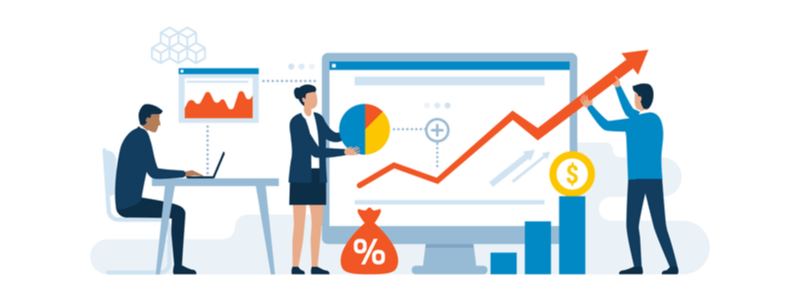Forecasting Business Financials for Better Credit Decisioning
Financial institutions that lend money to borrowers have been using a standard method of creditworthiness based upon past financial data. This data includes whether bills and previous balances were paid on time, three special digits known as a credit score, income and whether one rents or owns a home.
This method requires an update that utilizes forecasting methods that factor in the future predictability of the assets and profitability of borrowers.
Focusing on this past data solely can cause two major issues:
- Organizations that have been doing excessively well in the past will receive a good credit limit. however, this can be very dangerous as this does not factor in the future downfall trends within the organization’s industry. This can result in a high non-performing asset ratio for lenders.
- Businesses that might have prospective growth in the future and do not have a good financial past will not receive a good credit score. This can result in lost opportunities for both lenders and borrowers. On a larger scale, such situations can also reap a negative effect on the economy.
We thus see that lenders should consider revamping their processes to incorporate both past and future data to assess the viability of lending to a certain business or individual.
Check out this whitepaper to learn more about forecasting business financials with a live case study.
